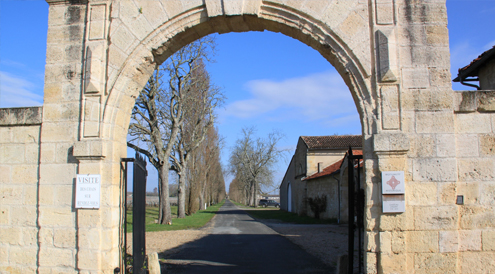
Conclusion:
This vintage is undoubtedly a great year for red wines and for sweet wines. The climatic conditions allowed for incredibly precise expressions of terroir. Starting from July through to harvest in September, there were small spurts of rain but no serious issues of mould and rot.
Optimal weather conditioned prevailed through the harvest period, with nearly everyone picking under sunny, warm conditions. Winemakers often say that it is the weather conditions in August that determine the quality of the vintage and if that is true, 2009 was by this definition a great year for wine quality. The weather conditions in August were perfect to make spectacular wines ¨C lots of sunshine, low rainfall and warm weather (warmer August than in 2005) plus cool evening temperatures which added the freshness to the fruit flavours.
After tasting about 400 wines throughout Bordeaux, it is obvious that the year was very successful but less consistent across the board than in 2005. Some vineyard sites suffered from drought, others from hail and ripening was less even throughout the region. But for many who made great wine, their quality levels were as good or superior to 2005. The regions that fared well in the Northern Medoc were St-Estephe and Pauillac.
Wines from St Julien, Margaux and Graves depended largely on their terroir and the quality of their vines, including vine age, clone and variety. On the right bank, Pomerol made fantastic, dense, concentrated wines while St-Emilion had mixed results. From the St-Emilion satellite appellations, there were very few poor wines and bargains will no doubt be found from this region in 2009.
The white wines were not as complex nor as aromatic as in the previous two vintages, 2007 and 2008. The concentration was missing in many whites except for the handful of chateaux who took great care in the vineyard and had meticulous selection ¨C this meant it was mainly the top properties who could afford to take such measures.
In general, the white wines are good, light to medium bodied in a fairly early drinking style. Exceptional top white wine producers such as Chateau Haut Brion and Chateau Domaine de Chevalier didn¡®t fail to impress ¨C their white wines were stunning even in a vintage that wasn¡¯t that impressive for dry whites.
What was wonderful for me about this vintage is that each appellation expressed their classic characters and the chateaux with exceptional terroir expressed their site clearly. Even the cepage (blend) expression of say Cabernet Sauvignon versus Merlot on the left bank and Merlot versus Cabernet Franc on the right bank, was very clear.
This vintage in its expression is the opposite of 2003, where the weather conditions and the heat of the summer expressed itself more obviously and clearly than anything that the chateau, the winemaker or the site had to say. The expression is also more finely etched and more detailed in 2009 than 2005 even though consistency in the quality of the wines across the board may have fallen short. Overall,2009 is a great vintage where many properties shone brightly and where the best chateaux may really have made their vintage of the century.









